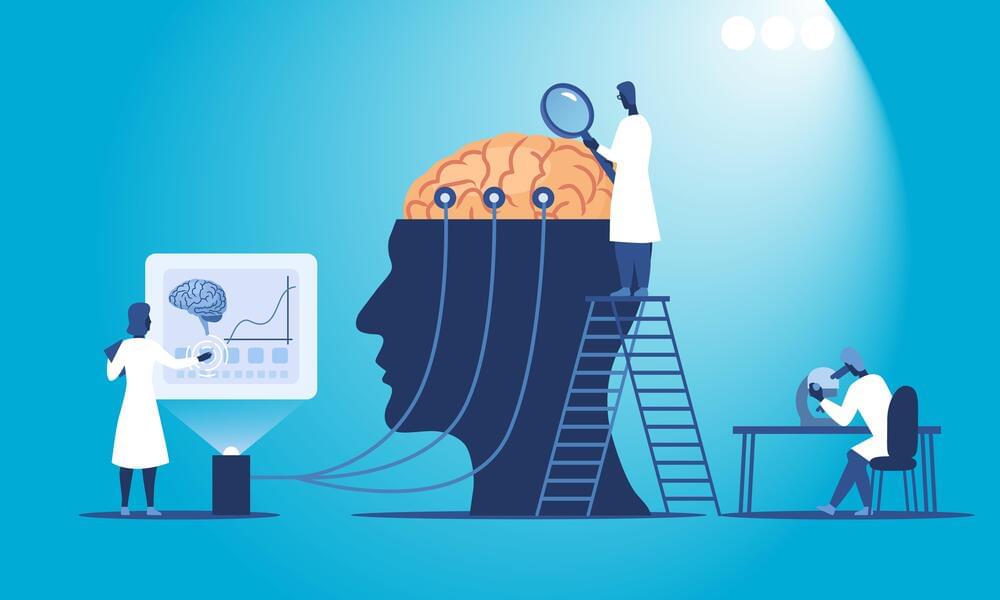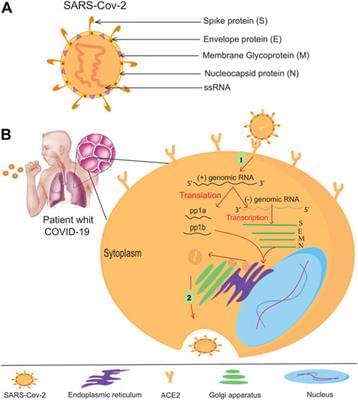Researchers discovered new regions of the brain that work together for memory recall and storage.


Modulating pet gut microbiomes for longer, healthier & happier lives — dr. holly ganz, CSO and co-founder, animalbiome.
Dr. Holly Ganz, Ph.D. is Chief Science Officer And Co-Founder of AnimalBiome (https://animalbiome.com/home), a company with a goal of helping cats and dogs lead longer, happier lives by using science to unlock the mysteries of the pet gut microbiome, providing access to genetic data on the health of the gut microbiome, better ways to log health and diet records, and offering remedies to treat chronic digestive disorders.
Dr. Ganz received her PhD from UC Davis Entomology and Evolutionary Ecology, an MS from the Scripps Institution of Oceanography in Marine Biology, UC San Diego and a BS in Biology from George Washington University and has studied the interaction between microbes and their hosts for over 20 years.
After receiving her doctorate, she was awarded an international postdoctoral fellowship from the National Science Foundation to study how genetics affects the spread of fungal infections in animal populations in Switzerland. Subsequently she was a postdoctoral fellow at UC Berkeley studying how bacterial pathogens survive in soil to infect African wildlife.
Dr. Ganz has published more than 20 papers in the peer-reviewed scientific literature.
Join us on Patreon!
https://www.patreon.com/MichaelLustgartenPhD
Papers referenced in the video:
A Physiology Clock for Human Aging (preprint)
https://www.biorxiv.org/content/10.1101/2022.04.14.488358v1
Predicting Age by Mining Electronic Medical Records with Deep Learning Characterizes Differences between Chronological and Physiological Age.
https://www.ncbi.nlm.nih.gov/pmc/articles/PMC5716867/
Spirometry Reference Equations for Central European Populations from School Age to Old Age.
https://pubmed.ncbi.nlm.nih.gov/23320075/
An Integrated, Multimodal, Digital Health Solution for Chronic Obstructive Pulmonary Disease: Prospective Observational Pilot Study.
https://pubmed.ncbi.nlm.nih.gov/35142291/

WASHINGTON – U.S. defense contractor CACI International is funding an experiment to demonstrate space technologies for military use, including an alternative to GPS navigation.
As part of the company’s plan to grow its space business, CACI is launching two demonstration payloads on a York Space satellite scheduled to fly to low Earth orbit in January aboard the SpaceX Transporter 7 rideshare.
“We’re looking at an alternative PNT [positioning, navigation and timing] solution that will work in a contested space domain,” CACI’s president and CEO John Mengucci said during a third-quarter fiscal year 2022 earnings call.
Some people are excited to see realistic avatars that look like them. Others worry it might make body image issues even worse.

😀
Thanks for subscribing.
Please Click Here to subscribe other newsletters that may interest you, and you’ll always find stories you want to read in your inbox.



Ken OtwellI thought the claim WAS fraud by Twitter? Twitter fraudulently under-reporting the bot numbers.
Mike Lorreymisrepresenting real user numbers is, actually, fraud, so he gets out of the billion dollar fee.
Shubham Ghosh Roy shared a post.
Michael MacLauchlan shared a link to the group: Futuristic Cities.
Smart cities are slowly becoming more than just a futuristic concept, and one such location is already being built in Japan by none other than Toyota.

Outbreak and rapid spread of coronavirus disease (COVID-19) caused by coronavirus acute respiratory syndrome (SARS-CoV-2) caused severe acute respiratory syndrome (SARS-CoV-2) that started in Wuhan, and has become a global problem because of the high rate of human-to-human transmission and severe respiratory infections. Because of high prevalence of SARS-CoV-2, which threatens many people worldwide, rapid diagnosis and simple treatment are needed. Genome editing is a nucleic acid-based approach to altering the genome by artificially changes in genetic information and induce irreversible changes in the function of target gene. Clustered, regularly interspaced short palindromic repeats (CRISPR/Cas) could be a practical and straightforward approach to this disease. CRISPR/Cas system contains Cas protein, which is controlled by a small RNA molecule to create a double-stranded DNA gap. Evidence suggested that CRISPR/Cas was also usable for diagnosis and treatment of SARS-CoV-2 infection. In this review study, we discoursed on application of CRISPR technology in detection and treatment of SARS-CoV-2 infection. Another aspect of this study was to introduce potential future problems in use of CRISPR/Cas technology.
Coronavirus disease (COVID-19) was spread in December 2019 and was recognized as a zoonotic disease (Drosten et al., 2017; Andersen et al., 2020). Severe acute respiratory syndrome (SARS) virus was detected in sputum samples in 2003, and advanced stages in fecal samples may have been transmitted to humans by an intermediate host such as bats and civets (Wang and Eaton, 2007; Graham and Baric, 2010). Severe acute respiratory syndrome coronavirus-2 (SARS-CoV-2) can be transmitted from an unknown carrier to a healthy person who could infect many people. SARS-CoV-2 resulted in pneumonia in Wuhan, China, with various symptoms reported. The disease has developed into a pandemic (Wu C. et al., 2020; Wu D. et al., 2020; Guan et al., 2020). Appropriate methods could treat and control the disease. CRISPR/Cas9 was first recognized as a microbial immune system through which these organisms acquire immunity to invading viruses and plasmids (Garneau et al., 2010).